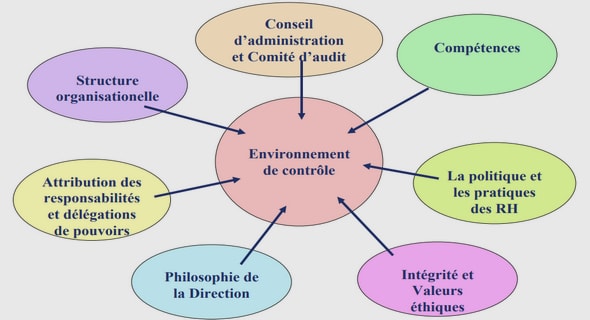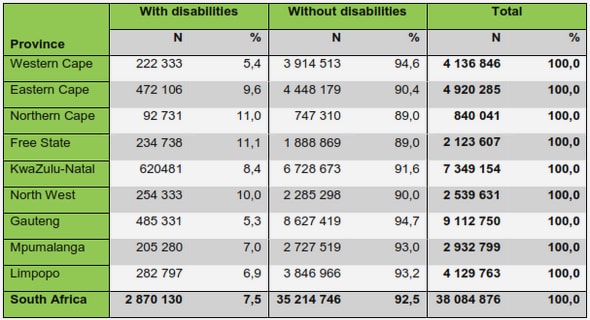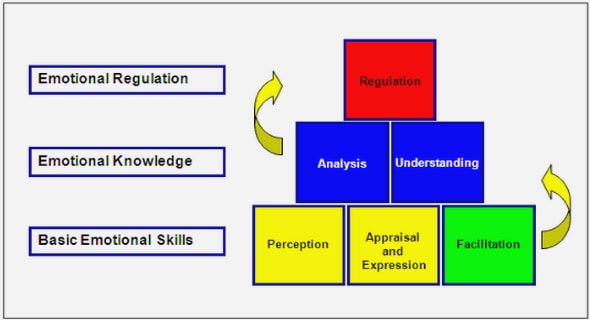Get Complete Project Material File(s) Now! »
Factors Initiating Strategic Renewal
As Manager 1 stated; “A significant reason for the implementation of the strategic renewal activity was the evolving environment as we believed it would continue to grow in the future, making it important for us to renew ourselves and adjust accordingly”. Indeed, Nordea AB is a company that has constantly been going through strategic renewal activities but has managed to adapt to the external changes in the environment. As technological development evolved for every year, there was an increase in the renewal activities in the banking industry. Therefore, when asking the middle managers about strategic renewal activities, a great number of examples were mentioned. Manager 4 said; “The development of digitalization in the society in general has been a very important and crucial factor to consider for us as a bank when deciding to go through with strategic renewal activities. Due to this evolution, there has been a lot of renewal in the company during the entire time I worked here”. Manager 3 further elaborated on the vast amount of strategic renewal activities in the banking industry; “You know, there is always something going on and the different parts of the bank are constantly changing, you get used to it and by working in the banking industry you are automatically quite ready in your mind that there are going to be changes and renewal activities all of the time”.
The influence from the external technological changes and developments were visibly one of the main reasons for going through strategic renewal activities, as well as the pressure of needing to change and renew themselves as a response to what competitors were doing. “Due to the emerging digitalization, our competitors did not have the same complex organization as the big traditional banks had, and that is why we also needed to look at how we could use the digitalization in order to simplify our process for the costumers as well” Manager 2 said and continued with the argument explaining that; “As our competitors solved these issues digitally, we had to come up with something as well”. The technological development in the environment enabled for more cost-efficient ways of doing banking and was also seen as a driving factor of renewal; “A one-time service at the office is worth the same amount of money as getting four months of service digitally.
A strategy like this is much more cost effective and it also saves a lot of time and resources, both for the costumers who do not have to travel to the bank, but also for us working at the bank as it is easier to absorb costumers in a digital way…” Manager 4 said. Confirming the effect of the technological development on the reason for developing renewal activities.
Another important factor to consider was the industry competitiveness and the fact that other competitors were adapting to the new and evolving environment. This was also a common answer to why the strategic renewal activity was necessary. Manager 3 confirmed this by saying that; “As the entire industry was changing due to the technological developments, I suspected my office would have to go through these changes as well, and I was right”. Manager 1 agreed and elaborated on the argument by saying; “I could tell that this technology was going to be a huge deal and that adjusting to it was the right decision considering that the evolving external technological developments opened up new possibilities for us to improve and adjust the different parts of the bank”.
The fact that the entire industry was changing was evident and also a driving factor for strategic renewal which Manager 3 confirmed by saying that; “Traditional banks like us consisted of expensive locals which had not been adapted to the digital developments in the external environment. As we do not consult clients like we did 10 years ago we have to adjust accordingly…”. Manager 4 agreed with the fact that the old ways of banking was not as profitable as it was before the developments in the external environment; “We had to change and ask ourselves if having the service unit was profitable anymore and how we actually wanted to meet our clients in the future. It is very costly and not as effective as it once was to have several offices and the number of employees that comes with that…”.
Furthermore, it was apparent that the renewal activities were a response to the technological developments, but there were also other factors contributing to the changes. The legal requirements regarding banking as well as the aim to gain a competitive advantage over competitors were also factors driving the renewal activities undertaken by the bank. When asking about why the company undertook the strategic renewal activity, Manager 2 gave an example of this by saying that; “The reason we chose to renew ourselves was both due to the legal requirements that we had to follow, but it was also because it would represent a major competitive advantage. So, we were forced to renew ourselves and change by the law, but this renewal also helped us get a competitive advantage as the change we made to our service made it more appealing to the costumers as well”.
Manager 5 highlighted the importance of pleasing costumers by explaining the significance of costumer impact on the bank; “Strategic renewal is very important, and especially in this case when a negative costumer impact creates a liability of them going to one of our competitors instead if we don’t fix the problem. Therefore, we had to fix the problem of incidents repeating themselves and affecting our customers in order make sure not to risk them changing bank”.
The industry competitiveness was evident when looking at the fact that some renewal activities were implemented as a response to what others were doing. Manager 4 confirmed this by saying that; “The reason for going through this renewal activity was the fact that we observed other banks making these changes and we could see the positive results. Therefore, you can say that we responded to the development of the external market and the way other banks handled and reacted to this change…”. Manager 2 agreed with this and said that; “We were obliged to see what our competitors were doing when looking at how to simplify our own process… We had to renew ourselves because others were doing it”.
1. INTRODUCTION
1.1 BACKGROUND
1.2 PROBLEM .
1.3 PURPOSE
1.4 RESEARCH QUESTION .
1.5 DEFINITIONS
1.6 DELIMITATIONS
1.7 DISPOSITION
2. FRAME OF REFERENCE
2.1 STRATEGIC RENEWAL.
2.2 ROLE OF MIDDLE MANAGERS
2.3 DYNAMIC MANAGERIAL CAPABILITIES .
2.4 TECHNOLOGICAL DEVELOPMENTS AND DIGITALIZATION
3. METHODOLOGY AND METHOD
3.1 METHODOLOGY
3.2 METHOD
3.2.1 Case Study
3.2.2 Data Collection .
3.2.3 Interviews
3.2.4 Case Analysis
3.2.5 Trustworthiness
4. EMPIRICAL FINDINGS .
4.1 NORDEA AB
4.2 THE MIDDLE MANAGERS
4.3 ROLE OF MIDDLE MANAGERS
4.4 FACTORS INITIATING STRATEGIC RENEWAL
4.5 STRATEGIC RENEWAL IMPLEMENTATION
5. ANALYSIS
5.1 STRATEGIC RENEWAL IN NORDEA AB
5.2 ROLE OF MIDDLE MANAGERS
5.2.1 Implementation of Strategic Renewal
5.3 IDENTIFICATION OF DMCS IMPLEMENTED BY MIDDLE MANAGERS
5.3.1 Managerial Human Capital
5.3.2 Managerial Social Capital.
5.4 FACTORS INITIATING STRATEGIC RENEWAL
5.4.1 Technological Development and Digitalization
6. CONCLUSION .
7. DISCUSSION
7.1 LIMITATIONS
7.2 FURTHER RESEARCH
REFERENCES
GET THE COMPLETE PROJECT
Strategic Renewal in the Banking Industry A middle managerial perspective with the focus on dynamic managerial capabilities in the Swedish banking industry


